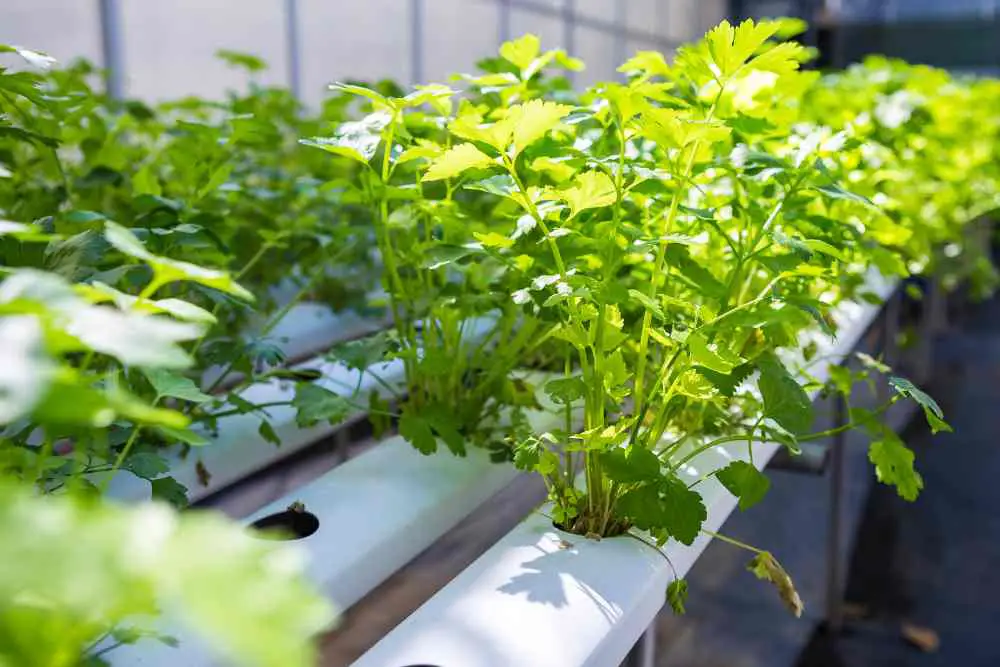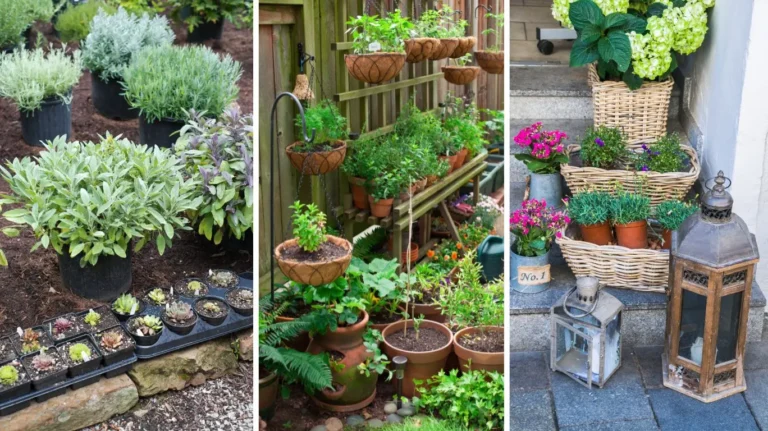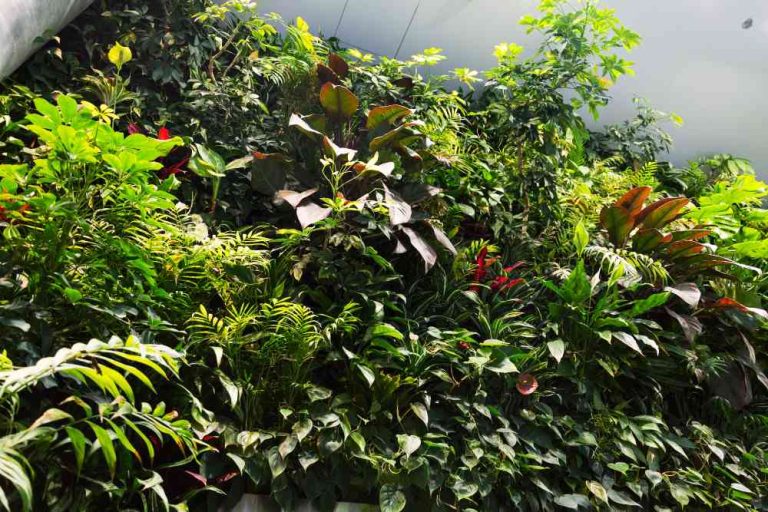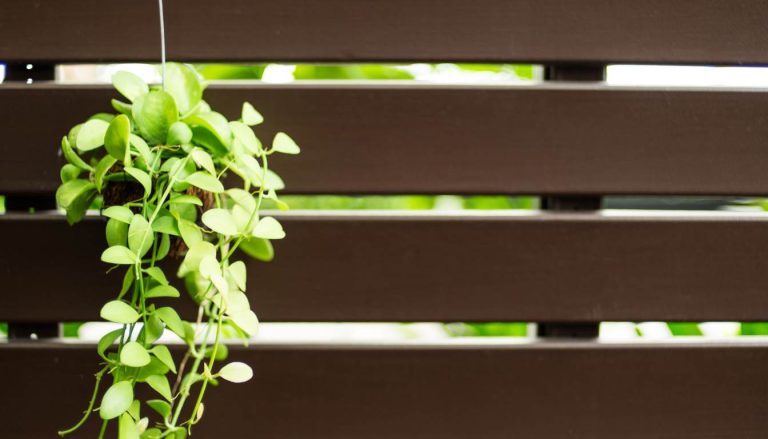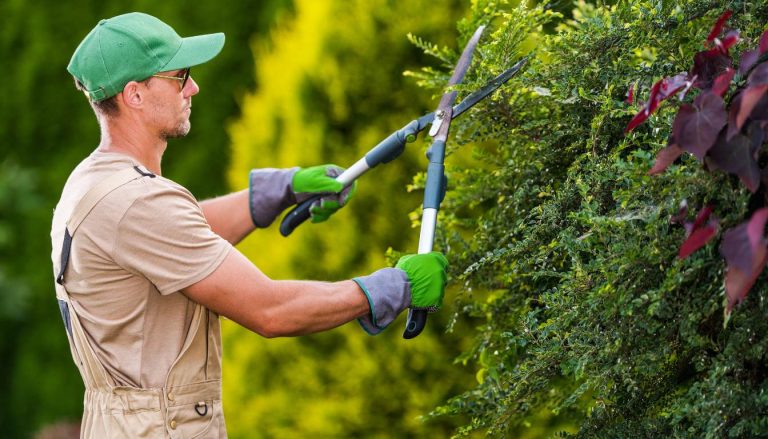Growing Vegetables in Vertical PVC Pipe: A Complete Guide
One barrier preventing individuals from gardening at home is a lack of space. If you don’t have enough space to start gardening you can try container gardening or it’s better to use an indoor hydroponic system. Growing vegetables in vertical PVC pipe is another best option for home gardening.
While you get started, designing a PVC home garden can be fun and creative. Almost anything can be accomplished with PVC pipe. It is such a fantastic material that you can create a vertical, space-saving, clean, self-irrigated garden for fresh fruits and vegetables. You can also use them as a planter frame or watering system.
The best thing is that you can create a raised bed from PVC pipe, which makes them an excellent option for this use. These kinds of raised gardens are the perfect solution for those who wish to plant something but lack the area for a large garden. Nothing enhances attraction and gives a space a more polished appearance than a raised bed garden when it comes to PVC garden ideas.
So, allow your mind to be as creative and original as possible. Both indoor and outdoor gardens are possible to create with PVC pipes. Additionally, they help grow beans, cucumbers, squash, and salad greens, among other things. Using special paint, the pipe’s color can be modified to white, black, or a customized color.
How to Build a Vertical PVC Pipe Garden Using
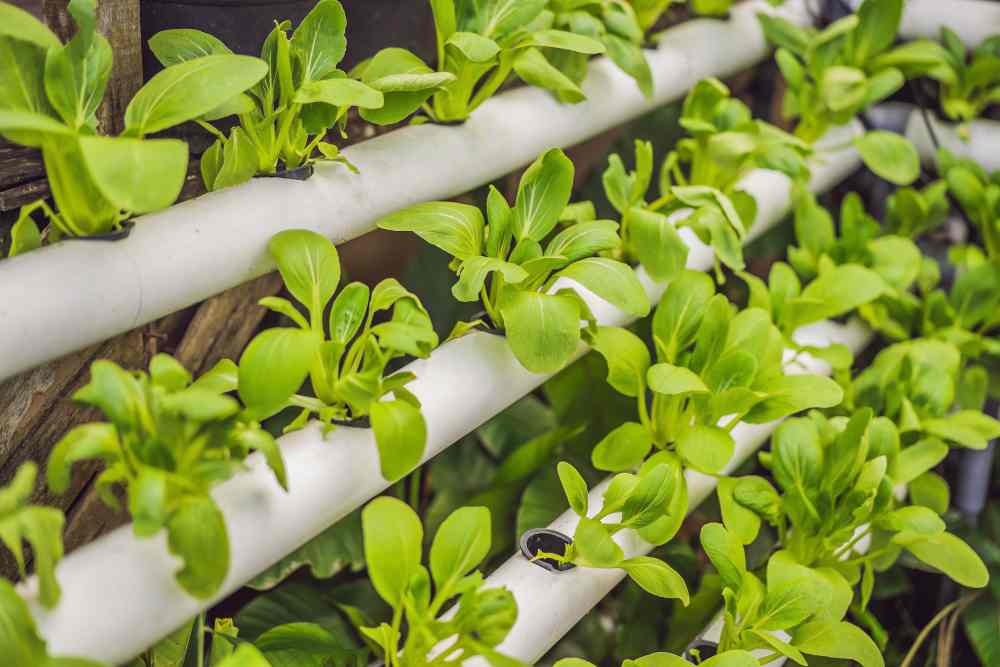
1. PVC Pipes Should Be Measured And Cut
Using bar clamps, fasten all the PVC pipes you need to your work surface. Cut each one to the correct dimensions using a reciprocating saw or a hacksaw.
2. Create Holes For Planting
The workstation must hold the 150mm PVC pipes. Use a silver or white marker to mark 250mm diameter planting holes that are 90mm in diameter. Using a drill and a hole saw bit, make the holes.
Remove any extra shavings or dust by wiping them away. Use a metal file to ensure that all the sharp edges are smooth.
3. Include Drain Holes
Use a drill bit to create holes all over the PVC pipe to prepare it for watering.
4. Add A Weed Barrier
Using weed block material as a wrap, secure the 20mm pipe with zip ties. Put PVC caps on the pipe’s ends as well.
5. Place The Irrigation Line
Place the larger pipe in the center of the planter. The 20mm pipe should remain in the center and the irrigation pipe should be slid into the large one. To properly anchor it, you can use gravel.
6. Lock The Big Pipe In Place.
The planter’s center should be the location of the 150mm PVC pipe. To facilitate easy drainage, halfway fill the planter with gravel or stones. When you fill planters with mature plants, you should have at least 30 cm of the pipe under the soil to prevent the planter from becoming excessively top-heavy.
7. Add Some Potting Soil
Fill the top of the 150mm pipe with potting soil. If you transfer soil into the bigger pipe using a scoop, keep the irrigation line centered and closed. The soil may overflow into the planter’s base and sides without consequence. Once you’ve filled it with enough soil, cover the soil at the planter’s base with mulch to keep it moist.
8. Include Plants
In the holes, gently tuck little starting plants. To create a uniform appearance, pick just one kind of plant. However, think about growing a variety of plants if you like a more natural atmosphere.
9. Give The Plants Water
Unscrew the irrigation pipe’s cap, add water, and the plants will be appropriately hydrated.
DIY PVC Garden
Because it is simple to protect them from predators, it is advised for nursery plants. A vertical garden made out of PVC pipes. It only requires a few easy steps to set it up. PVC pipes and their coverings are all that is required. With a little creativity and resources, you can protect your nursery plants with this DIY PVC garden vertical. Although getting the materials could take some time, the processes are straightforward and uncomplicated. This is excellent for newcomers!
Make Your Hanging PVC Garden
The DIY hanging PVC garden has a simple, timeless appearance that blends seamlessly with any design. It can be hung on a balcony, on a deck, or in your child’s room, whichever you like. Additionally, making this garden doesn’t require much time or effort. All you need to do is gather a few PVC pipes of different sizes and some hooks, drill holes in the pipes, paint them, and then connect each pipe to the hooks.
If you enjoy the idea of a hanging garden but want to do it yourself, this modular PVC pipe garden is an appealing solution. Unlike most systems, this one allows you to position pots wherever you choose on the framework because it is modular and customized. These DIY-focused hanging gardens are affordable, transportable, and simple to assemble. Additionally, it is simple to harvest and prune the plants for maintenance purposes.
PVC Pipe And DIY Tomato Cage
The construction of a tomato support cage must be quick and simple. To make it simple to tie your tomato plant stems, this creative DIY PVC tomato cage includes narrow slats all the way around the tube. Interlock the PVC pieces after cutting and painting them, then hammer them into the ground 10 inches. Place your tomato plant in front of it through one of the slats.
DIY PVC Pipe Hydroponics System
Plants are grown without soil using a technique called hydroponics. This PVC pipe hydroponic system includes putting roots in nutrient-rich water solution instead of soil.
Small areas are perfect for hydroponic systems since they require less space for growth than conventional pots and soil. You may customize your ideal arrangement with the help of your PVC pipes and components.
- 29 Bucket Gardening Ideas for a Lush, Compact Garden - October 30, 2024
- 20+ Chic Boho Bedroom Ideas for a Cozy and Stylish Retreat - June 20, 2024
- 12+ Modern Boho Living Room Ideas to Create a Unique Oasis - June 10, 2024

